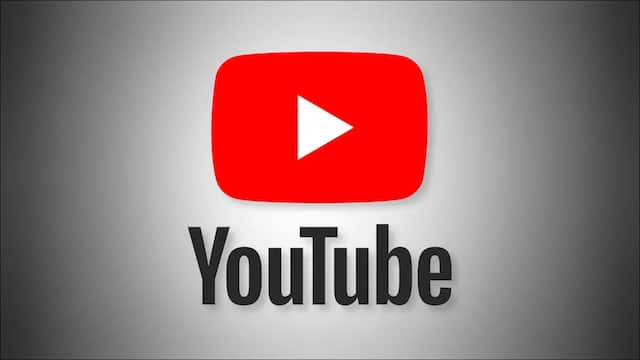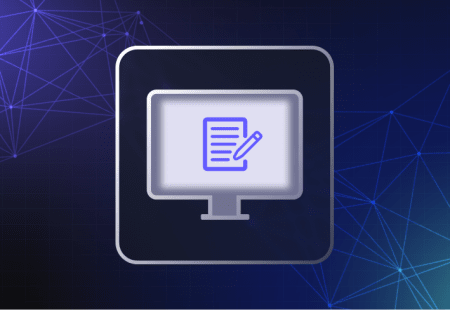Best Practices for Professional Communication
Best Practices for Professional Communication
In today’s fast-paced world, the ability to communicate effectively in a professional setting can make or break your career. Whether you're sending emails, speaking in meetings, or negotiating deals, how you communicate determines how others perceive you. But here’s the twist—professional communication isn’t just about speaking or writing clearly; it’s about influencing, building trust, and leaving a lasting impression.
So, how do you master the art of professional communication? Let’s dive into the best practices that will keep people engaged, earn their respect, and ensure your message sticks.
1. Clarity is King: Get to the Point Quickly
People are busy. If your communication is long-winded or unclear, you’ll lose your audience before they even absorb your message. The human brain craves clarity, so use simple and direct language.
📌 Best Practices:
Start with your main point, then provide details.
Use short sentences and avoid jargon unless necessary.
Ask yourself: Would a 10-year-old understand this? If not, simplify.
💡 Psychological Insight: The "primacy effect" states that people remember what they hear first. That means your opening words matter the most—make them count!
2. The Power of Active Listening
Most people listen to respond, not to understand. But great communicators do the opposite. They give their full attention, process the information, and then respond thoughtfully.
📌 Best Practices:
Maintain eye contact and use nods or small verbal cues (“I see,” “That makes sense”).
Repeat or paraphrase key points to show you’re engaged.
Pause before responding—this makes you appear more thoughtful and in control.
💡 Psychological Insight: The "mirroring technique" (subtly imitating the other person’s body language and speech patterns) builds trust and rapport subconsciously.
3. Tone and Body Language Matter More Than Words
Did you know that only 7% of communication is verbal? The rest comes from your tone (38%) and body language (55%). You could be saying the right words, but if your tone is off, your message loses impact.
📌 Best Practices:
Speak with confidence—avoid filler words like “um” or “you know.”
Keep your posture open and relaxed.
Match your tone to your message (enthusiastic for excitement, calm for serious topics).
💡 Psychological Insight: Using a lower, controlled voice makes you sound more authoritative. Studies show that people naturally trust deeper voices.
4. Mastering the Art of Professional Emails
Emails are often the first impression someone gets of you. A poorly written email can make you seem unprofessional, while a clear and concise one builds credibility.
📌 Best Practices:
Subject Line: Keep it clear and specific. (e.g., “Meeting Agenda for Friday”)
Opening: Be polite but direct. (e.g., “Hi Sarah, I hope you’re doing well.”)
Body: Use bullet points for readability.
Closing: End with a clear action step. (e.g., “Looking forward to your feedback by Friday.”)
💡 Psychological Insight: Use the "serial position effect"—people remember the first and last things they read. Place key points at the beginning and end of your email.
5. Handling Difficult Conversations Like a Pro
Whether it's addressing a conflict or giving feedback, difficult conversations can be nerve-wracking. But the secret to handling them well is emotional intelligence—staying calm, empathetic, and solution-oriented.
📌 Best Practices:
Use “I” statements instead of “You” statements to avoid sounding accusatory.
✅ “I noticed the deadline was missed. How can we work together to prevent this?”
❌ “You missed the deadline again!”
Control your emotions—stay calm, no matter what.
Offer solutions, not just criticism.
💡 Psychological Insight: The "sandwich method" (positive feedback → constructive criticism → positive feedback) makes people more receptive to feedback without feeling attacked.
6. The Secret to Making People Pay Attention
The best communicators aren’t just clear—they’re engaging. If you want people to listen, you need to hook their attention within the first few seconds.
📌 Best Practices:
Start with a question, a shocking fact, or a short story.
Use metaphors and analogies to make complex ideas simple.
Vary your tone and pacing to keep engagement high.
💡 Psychological Insight: The "curiosity gap" (leaving some information out so the listener craves more) keeps people hooked. Instead of saying, “Here’s the solution,” say, “There’s a surprising reason behind this—let me explain.”
7. Building Trust Through Communication
Trust is the foundation of all professional relationships. Without it, your words carry little weight.
📌 Best Practices:
Be transparent—don’t over promise or exaggerate.
Follow through on commitments.
Admit when you don’t know something instead of bluffing.
💡 Psychological Insight: The "Benjamin Franklin Effect"—asking someone for a small favor makes them like you more because their brain rationalizes that they must like you if they helped you.
Elevate Your Communication, Elevate Your Career
Professional communication isn’t just about what you say—it’s about how you say it, how you listen, and how you connect with others. By mastering these best practices, you’ll not only gain respect in the workplace but also become someone people trust, follow, and remember.
So, which of these techniques will you start using today? Let me know—I’d love to hear how they work for you! 🚀
Deepanshu Sharma
Virtual Assistant
Asiatic International Corp
Deepanshu.AsiaticInCorp@gmail.com
Deepanshu.FlyingCrews@gmail.com
LinkedIn :
https://www.linkedin.com/in/deepanshusharma7b4208241?trk=contactinfo
Link tree: https://linktr.ee/Shrishty_HRM_Flying_Crews
FB: https://www.facebook.com/profile.php?id=61569954815832
YouTube :
https://www.youtube.com/aerosoftcorp
EMAILS: shrishty@flyingcrews.com

.jpg)











.jpeg)




.jpeg)

.jpeg)




.jpeg)





.jpeg)



.jpeg)
.jpeg)


.jpeg)
.jpeg)




.jpeg)


.jpeg)
.jpeg)

